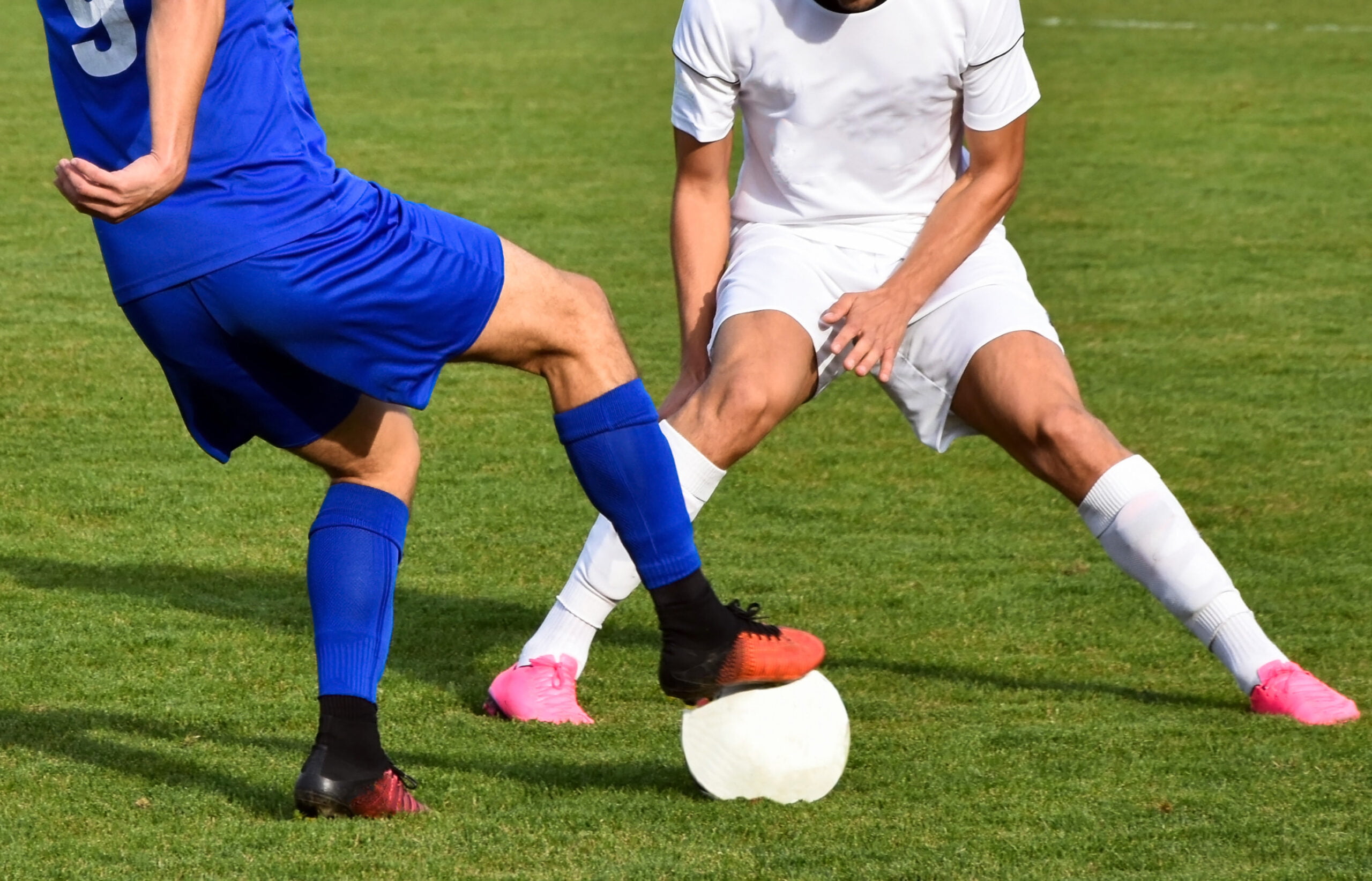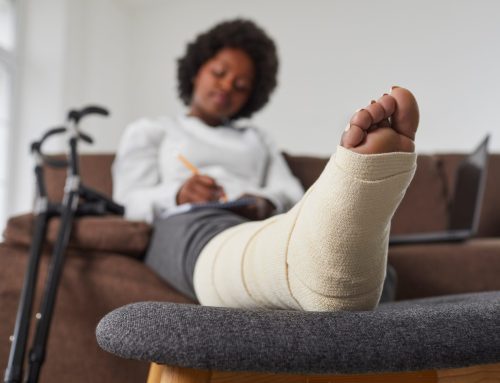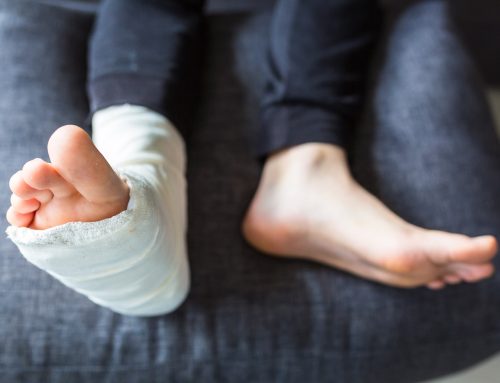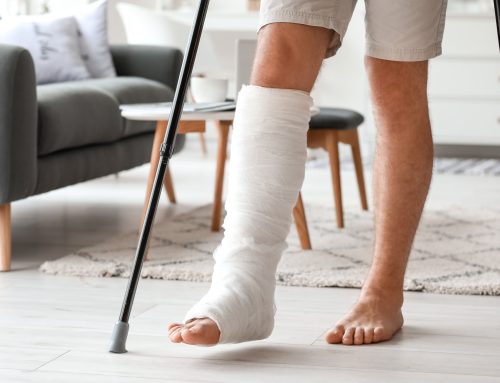Participating in sports can be exhilarating and beneficial for your physical and mental health. However, the physical demands and intense competition can sometimes lead to injuries, including broken bones. Understanding the nature of these sports injuries, how to prevent them, and the best ways to facilitate healing is essential for any athlete, from amateur enthusiasts to seasoned professionals.

Common Types of Bone Fractures in Sports
Sports injuries can lead to various types of fractures, each with specific characteristics and implications for treatment and recovery. Some of the most common include:
- Stress fractures: Small cracks in the bone that occur from repetitive force, often from overuse, such as running long distances.
- Compound fractures: Where the bone pierces the skin, an emergency that requires immediate medical attention.
- Avulsion fractures: Where a fragment of bone is torn away by a tendon or ligament that is attached to the bone.
- Compression fractures: Often occurring in the spine, resulting from impact or repetitive strain.
Certain sports are associated with a higher risk of fractures due to their impact, intensity, or the use of high-speed equipment. Football, soccer, basketball, and skiing are typically high on this list.
Preventing Sports Injuries
Fear of fractures shouldn’t stop you from playing your favourite sport. There are prevention methods you can incorporate into your routine to ensure you play safely and don’t have to stop mid-season due to injury. Your focus should be:
- Training and conditioning: Proper training and conditioning are essential to strengthen muscles and bones, which can help absorb the impact that might otherwise result in fractures.
- Protective gear: Using appropriate protective gear is crucial. Helmets, shin guards, and other sport-specific protective items are designed to safeguard vulnerable areas against severe impact.
- Proper technique: Coaches and trainers emphasize the importance of correct technique in both play and training. Incorrect movements can place unexpected stress on bones, increasing the risk of fractures.
Recognizing and Responding to Fractures
If something doesn’t feel right, it’s time to pause and check in with your body. The immediate symptoms of a fracture include sharp pain at the site of the break, swelling, and, in some cases, visible deformity. An athlete might also experience bruising and tenderness around the affected area.
Immediate responses to suspected fractures include stopping the activity, immobilizing the affected area, and applying ice to reduce swelling. Seek professional medical evaluation as quickly as possible to determine the extent of the injury and begin appropriate treatment.
Advances in Fracture Treatment: The Role of Technology
Despite preventive measures, fractures in sports can and do occur. The good news is that medical technology advances have significantly improved how these injuries are treated, enhancing recovery times and outcomes.
Introducing a Breakthrough in Bone Healing: The Melmak LIPUS Device
Among the most exciting advancements is the development of low-intensity pulsed ultrasound (LIPUS) technology for treating fractures. The Melmak LIPUS device is a standout example of this technology, offering a non-invasive solution that can significantly accelerate the healing process.
The device emits low-intensity pulsed ultrasound waves directly into the tissue at the fracture site. This process stimulates the bone cells and enhances the cellular activities necessary for repair, speeding up the healing process.
Clinical Success and Proven Results
The efficacy of the Melmak LIPUS device is backed by over two decades of clinical use and research. Studies have shown that treatment with this device can reduce healing time by 38% on average for fresh fractures. Moreover, it has proven effective in healing non-union fractures—where bones fail to heal naturally—86% of the time.
Understanding athletes' needs, the Melmak LIPUS device is designed for ease of use and can be administered at home or in a training facility. Requiring only 20 minutes per day, the treatment fits seamlessly into an athlete’s recovery routine without the need for constant professional supervision.
For athletes, the fracture risk is a reality tied to their passion for their sports. While prevention is critical, having access to advanced healing technologies like the Melmak LIPUS device ensures that when injuries do occur, recovery can be as swift and effective as possible. This helps athletes return to their beloved sports faster and ensures they do so safely and with a stronger, more resilient body.
As we continue to push the boundaries of what is possible in sports and health technology, tools like the Melmak LIPUS device represent not just a solution but a revolution in personal health care management. Whether dealing with a fresh fracture or a complicated non-union injury, embracing advanced healing options like the Melmak LIPUS device can significantly shorten recovery times and enhance overall outcomes. This technology empowers athletes to take control of their healing process, offering a non-invasive, effective approach to bone repair.
For more information on how the Melmak LIPUS device can be part of your recovery strategy or to learn more about this innovative technology, contact our team. Don't let a fracture keep you sidelined—embrace the possibilities of modern medical technology and get back in the game with confidence and health.
Have you ever broken a bone from a sports injury? What do you do to prevent injury while playing sports? Share your thoughts with our readers in the comments below.





